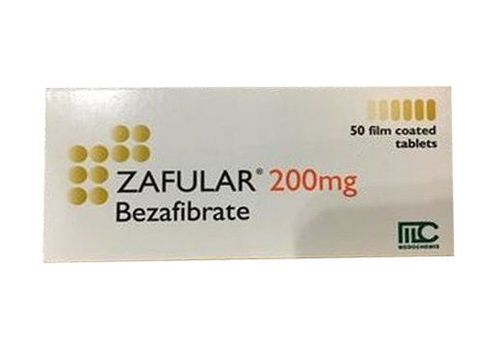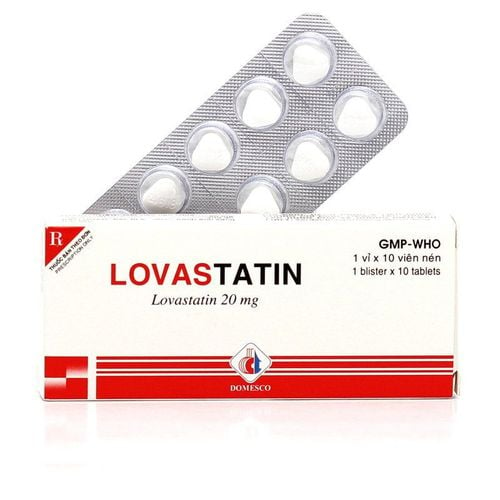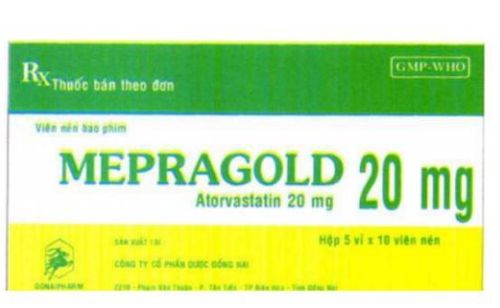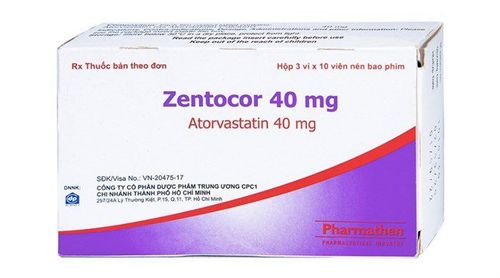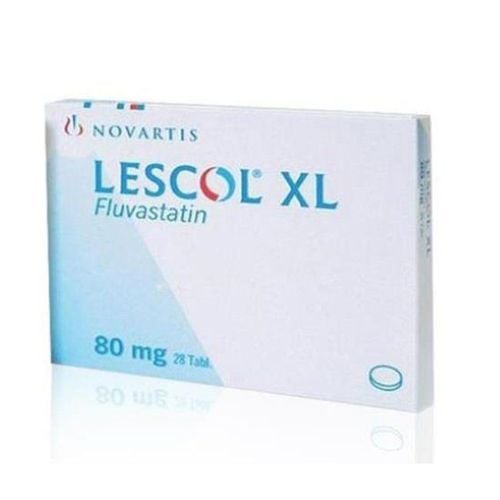This is an automatically translated article.
Article by Doctor Pham Tuyet Trinh - Cardiovascular Center - Vinmec Times City International General Hospital.Blood fat (blood lipid) is a component in the blood that contributes to the synthesis of a number of important substances in the body, it participates in metabolic processes and is a source of energy for daily activities.
1. What is blood fat?
Blood lipids include many different components, depending on the function, the size of each type will be divided under different names, with different molecular weights and different roles. There are four types of blood lipid components commonly tested when monitoring health, to assess cardiovascular risk, especially in people who already have cardiovascular disease: Hypertension, coronary heart disease, diabetes .. These are: Cholesterol, Triglyceride, HDL - cholesterol (High-density Lipoprotein - or good fat); LDL- cholesterol (Low density Lipoprotein - also known as bad fat). Lipoproteins are responsible for transporting lipids in the body. Lipids are insoluble in water, but after binding to proteins, the hydrophobic part of the lipid coils inward, the apoprotein part forms a shell around it, so it can be transported in the humoral medium. Depending on the amount of this lipoprotein attached to each type with different molecular weight, for example, high-density lipoprotein (HDL) and low-density lipoprotein (LDL).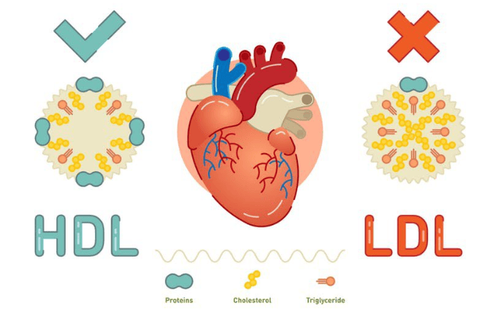
2. What is dyslipidemia?
When there is dyslipidemia (or dyslipidemia) is when the blood lipid parameters change and are no longer in the normal range:
Blood cholesterol < 5.2 mmol/L (200mg/dL) Triglycerid < 1.7 mmol/L (150mg/dL) LDL-cholesterol < 2.58mmol/L (100mg/dL) HDL-cholesterol > 1.03mmol/L (40 mmol/L) Today as recommended by the American Heart Association (ACC) ) blood lipid index test is one of the indicators to assess cardiovascular risk, control and treat dyslipidemia to reduce the risk of cardiovascular disease.

Please dial HOTLINE for more information or register for an appointment HERE. Download MyVinmec app to make appointments faster and to manage your bookings easily.





